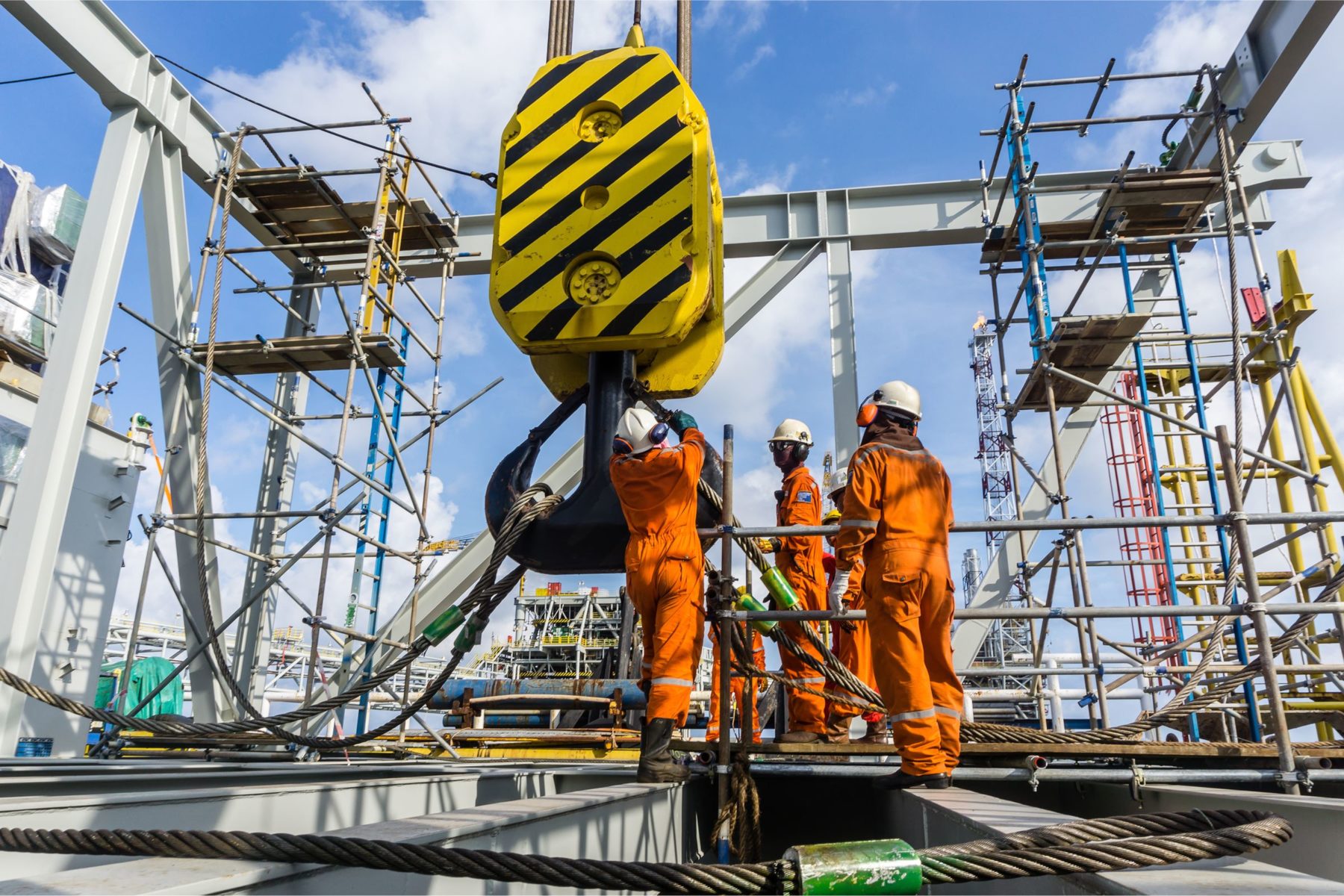
Essential Concrete Safety Tips: Protecting Workers on the Job Site Working with concrete is a fundamental aspect of the construction...
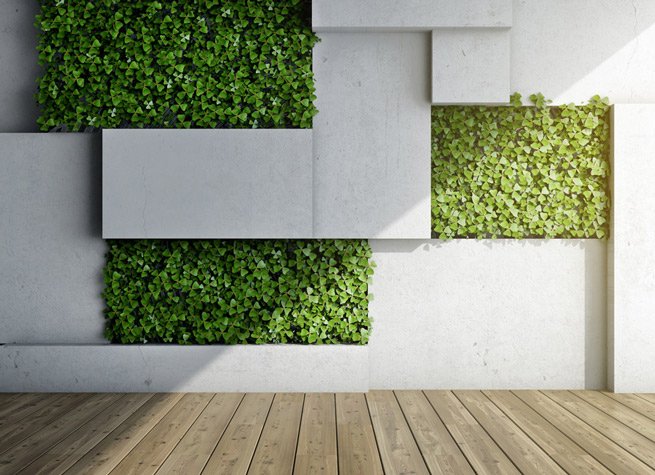
Concrete vertical gardens are an innovative way to integrate nature into the urban environment, utilizing vertical space to create green oases amidst the concrete jungle. In this article, we will explore how to design and construct concrete vertical gardens to merge nature with urban architecture.
The first step in designing a concrete vertical garden is to select plants suitable for the environment. Choose plants that are resilient, low-maintenance, and capable of growing in vertical conditions, such as ferns, succulents, and climbing plants.
Before construction begins, it’s important to design and plan the vertical garden space. This includes determining the location, size, and layout of the concrete structures, as well as the distribution of plants to create a visually appealing and functional design.
Once the design is complete, the construction of the concrete structure can proceed. This may involve installing prefabricated concrete panels or creating concrete structures on-site, depending on the project’s needs and preferences.
After completing the concrete structure, prepare the substrate for planting. Use a lightweight, well-draining substrate, ideally designed specifically for vertical gardens. Once the substrate is prepared, plants can be planted according to the previously established design.
Concrete vertical gardens require an appropriate irrigation system to ensure that plants receive the right amount of water. Automated irrigation systems can be installed to distribute water evenly and efficiently along the vertical structure.
To ensure the health and growth of plants, regular maintenance of the vertical garden is important. This may include pruning plants, controlling pests and diseases, and fertilizing as needed to promote healthy growth.
Concrete vertical gardens not only provide environmental benefits by improving air quality and reducing pollution but also add beauty and vitality to urban spaces. Their presence can enhance the emotional and mental well-being of city residents and visitors.
Conclusion: Concrete vertical gardens offer an innovative and sustainable way to integrate nature into densely populated urban environments. By merging architecture with vegetation, these gardens create green spaces that are not only aesthetically pleasing but also beneficial for the environment and the quality of life of those who enjoy them.

Essential Concrete Safety Tips: Protecting Workers on the Job Site Working with concrete is a fundamental aspect of the construction...
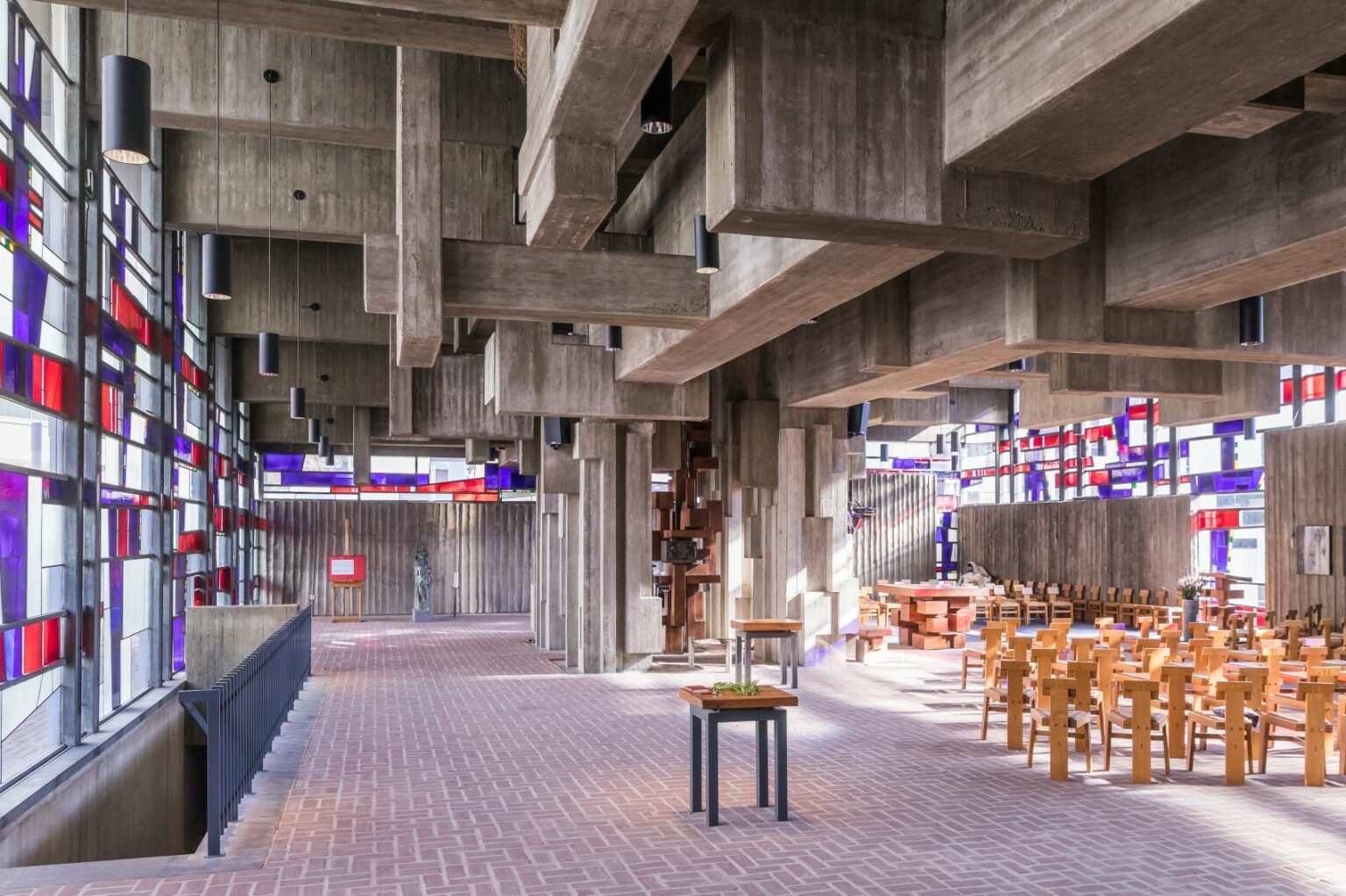
Decorative Concrete: Trends in Modern Finishes for 2025 Concrete is no longer just a construction material — it’s become a...
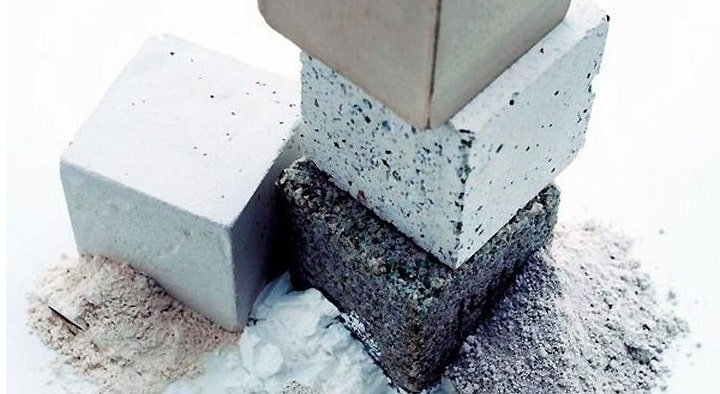
Sustainable Concrete Innovations in 2025: The Future of Eco-Friendly Construction In 2025, the construction industry continues its transformation towards sustainability,...

The Science Behind Concrete Cracking: Causes and Solutions Cracks in concrete are one of the most common issues in construction,...

Top 10 Concrete Myths Debunked: What Every Contractor Should Know Concrete is one of the most widely used construction materials,...
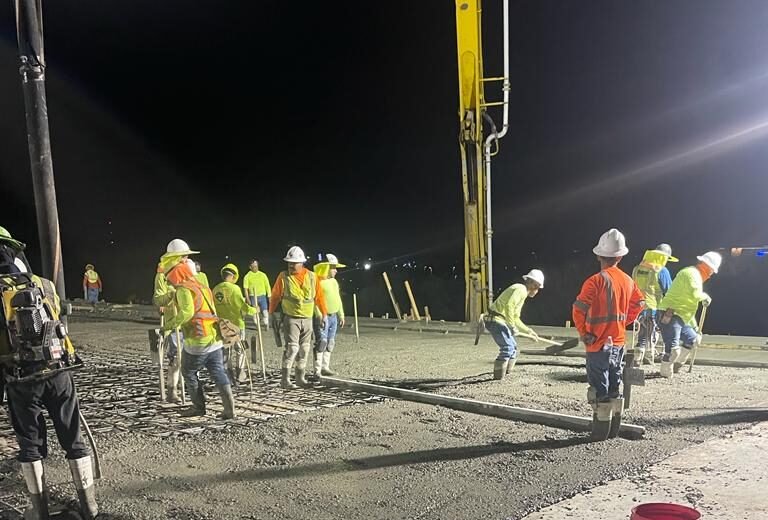
How to Plan Concrete Pouring in Large Construction Projects Pouring concrete in large-scale construction projects requires meticulous planning, logistical coordination,...
© 2023 Created with RGA Concrete Contractors LLC
This website uses cookies to provide you with the best browsing experience.